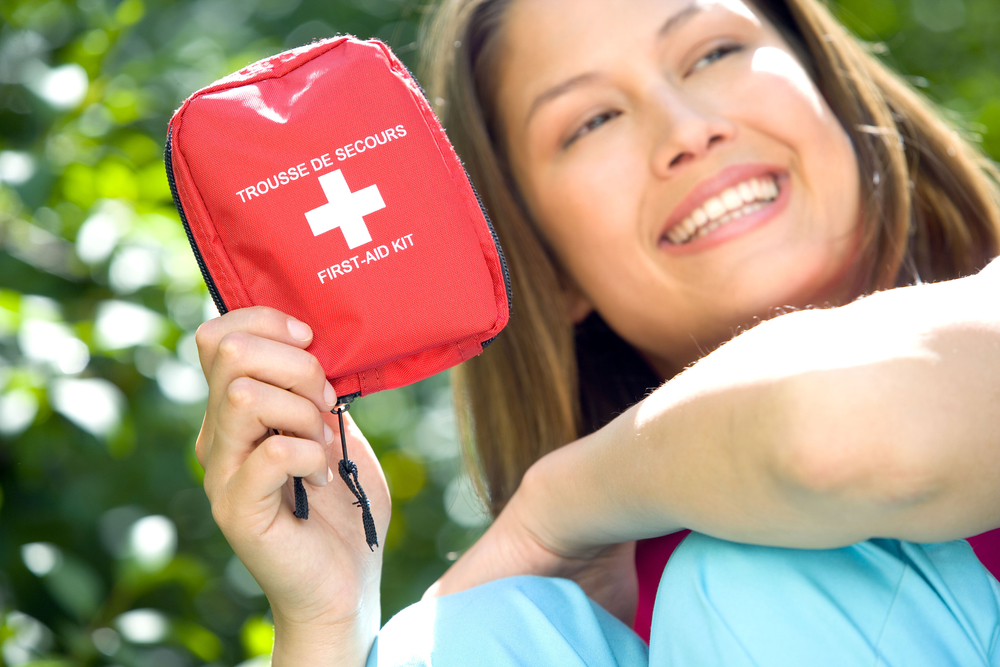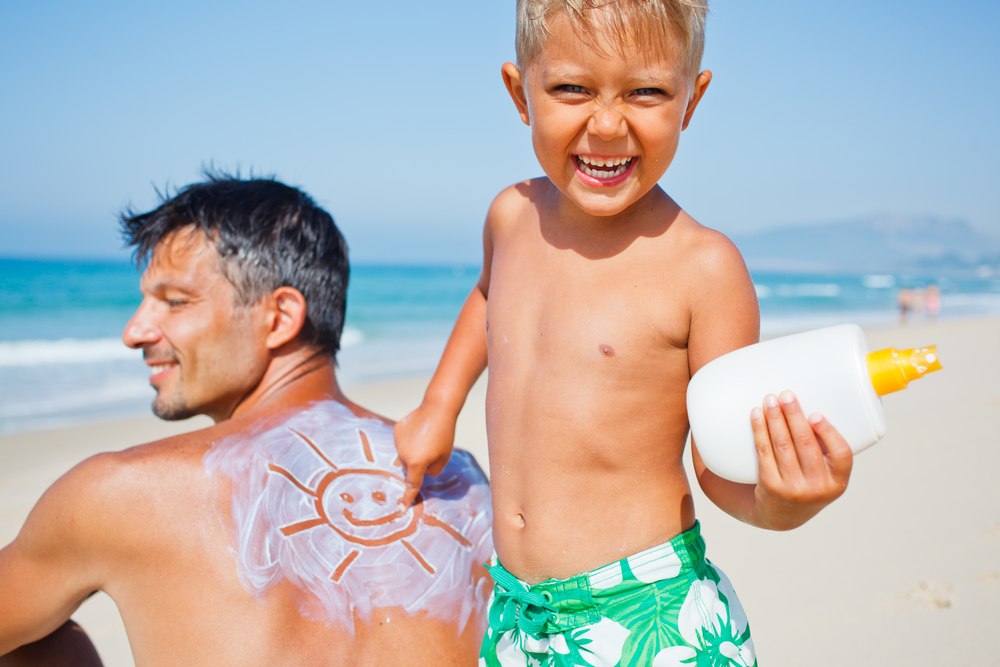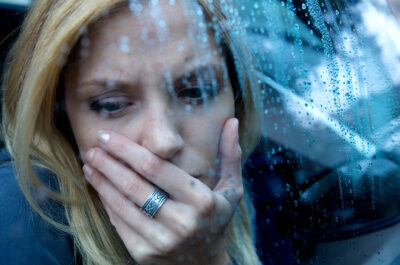First aid refers to medical attention administered immediately after an injury occurs. It often consists of a short-term treatment and requires minimal equipment or training. There are many uses for first aid, and it’s smart to keep yourself educated on the basics.
First Aid For Minor Injury
These first aid tips are for people suffering from a minor injury. Unless you are a physician or first responder, major injuries will require professional treatment. In cases of traumatic, serious or worsening injury, call 911. Also keep in mind that first aid is not a substitute for family medicine visits or routine check-ups.
Burn
Burn treatment includes running the affected area under cool water, removing jewelry before swelling sets in, and applying burn cream lotion and a bandage. If blisters form, do not pop them. A burn injury that is less than 3 inches in diameter with only redness or blistering can usually be treated at home. More significant burn injuries should be treated at a hospital.
Bleeding
Put pressure on the wound with a clean cloth or gauze. If blood soaks through, apply additional material on top. Don’t remove the soaked material. If the wound is on the arms or legs, raise the limb above heart level. Once bleeding has stopped, assess the wound. If there is dirt or debris present, wash it in warm water with antibacterial soap. Then apply antibiotic ointment and a clean bandage. Be sure to wash your hands.
Choking
If you encounter someone choking who cannot speak, bend them forward as you administer 5 firm back blows with the heel of your hand between the person’s shoulder blades. If that doesn’t clear the blockage, perform the Heimlich maneuver 5 times. This is done by standing behind the person choking, wrapping your arms around them and clasping one hand into a fist. Place that hand right above their navel, then thrust upwards, as though you’re trying to pick them up. If these methods don’t work and the person loses consciousness, lay them on the ground, call 911 and see if you can clear the object manually with your fingers. If not, begin CPR.
Fainting
Fainting occurs when there’s a temporary shortage of blood to the brain, causing someone to lose consciousness for a moment. If someone around you feels faint, help them into a seated or supine position on the ground. If they faint, elevate their legs above heart level (about a foot). Make sure they don’t get up too quickly and stay with them until they feel good again.
Fever
A fever is a rise in body temperature and is usually your body’s immune response to infection. Thus, the fever itself is usually harmless and maybe even helpful. Normal body temperature is around 98.6, so any temperature above 100 is considered a fever. Treatment is limited to easing discomfort by administering over the counter pain reliever. You may also want to place a cold compress on the forehead. If the fever spikes above 103 or new symptoms begin, it’s time to get to a doctor.
Possible Poisoning
Poisoning occurs due to the swallowing, inhaling, touching or injecting of harmful drugs, chemicals, venoms or gases. To learn more about how to treat someone who has been poisoned, call the Poison Control Center at 1-800-222-1222, or in severe cases, call 911.
Nosebleed
The old advice for nosebleeds was to lean your head back to stop the flow of blood. This is no longer advised, as it caused injured persons to swallow blood. If you’re treating someone with a nosebleed, advise them to lean forward, bleeding into a washcloth or gauze. They may want to pinch their nostrils shut, breathing through their mouth. Once bleeding has stopped, avoid picking or touching the nose for several hours.
Sunburn
The signs and symptoms of sunburn become evident within a few hours of exposure to the sun. The affected skin will be painful, red and swollen. In some cases, you might experience blistering, fever or nausea. Taking a cool shower, administering aloe and avoiding the sun should help. If more severe symptoms develop, or large blisters form, you may need to see a doctor.
Be Prepared
A basic first-aid kit should be kept within easy reach and is a necessity in every home, workplace, and vehicle. It’s good to start with nonlatex gloves, medical tape, bandages in assorted sizes, gauze, soap, antibacterial ointment, a thermometer, vaseline, instant ice packs, pain relievers and aloe vera. You may want to add to your kit over time, but these essentials will allow you to administer first aid as outlined in this guide.
To learn more about first aid, or to see a doctor, Contact Us.




